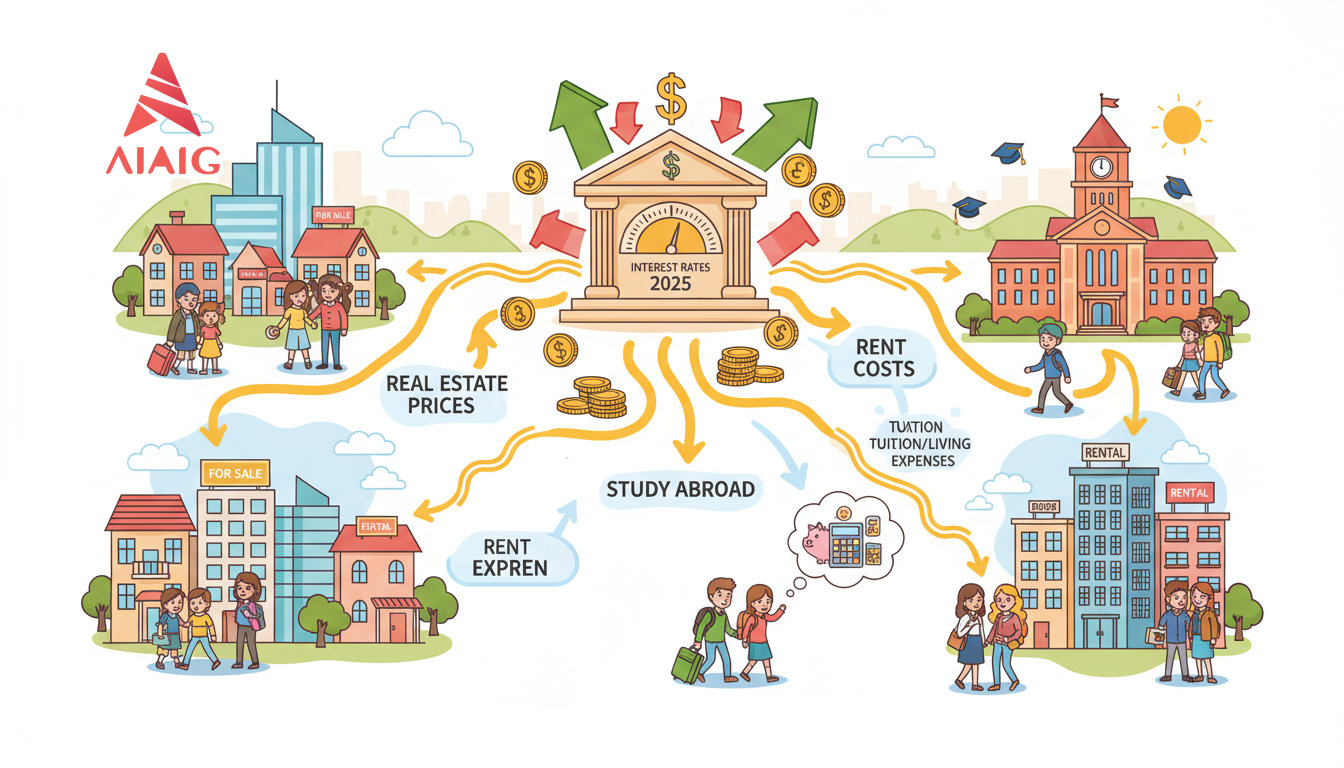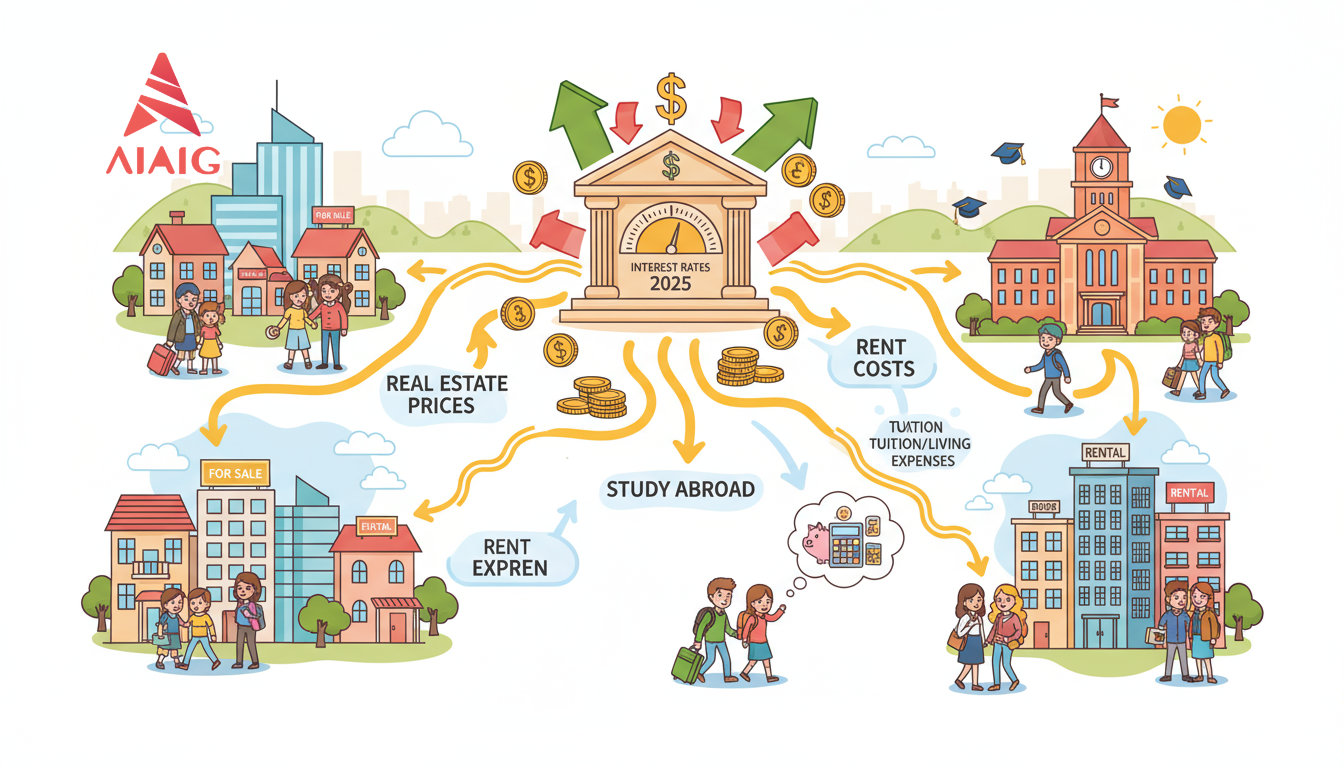2025 Latest Deposit Interest Rates Summary and Discussion (Part 1)
Focusing on current and fixed deposit interest rates and macro policies (including exchange rates) from early 2025 to the present, and systematically evaluating their impact and strategic recommendations on real estate, rent, and study abroad costs/trends in Japan, Singapore, Thailand, and Vietnam.

What is the scope and core issues of this research?
How are the methods and definitions set?
🇯🇵 Japan: What are the practical reference rates for current/deposit accounts?
🇯🇵 Japan: How is the central bank and macroeconomic environment? What are the characteristics of the exchange rate?
🇯🇵 Japan: What are the impacts on real estate, rent, and studying abroad?
🇹🇭 Thailand: What is the practical reference for current/deposit interest rates?
🇹🇭 Thailand: What is the latest situation with policy interest rates and exchange rates?
🇹🇭 Thailand: What are the impacts on real estate, rent, and studying abroad?
🇻🇳 Vietnam: What are the practical reference rates for demand/time deposits?
🇻🇳 Vietnam: What are the key characteristics of monetary policy and exchange rates?
🇻🇳 Vietnam: What are the impacts on real estate, rents, and studying abroad?
🇸🇬 Singapore: What are the practical reference rates for current/deposit accounts?
🇸🇬 Singapore: How is the policy framework and exchange rate performance?
🇸🇬 Singapore: What are the impacts on real estate, rent, and studying abroad?
What are the key points for comparing interest rates and exchange rates across the four countries?
What are the conclusions from the cross-country comparison of real estate and rents?
What is the comprehensive impact on study abroad budgets and choices?
Practical Strategy Checklist for Investment and Allocation (Cross-Country Comparison)
Combination Suggestions for Real Estate and Leasing
Detailed Arrangements for Study Abroad and Family Budgets
Visualization and Data Annotation (How to Implement Charts)
Applicable Boundaries and Subsequent Maintenance Recommendations for This Report
